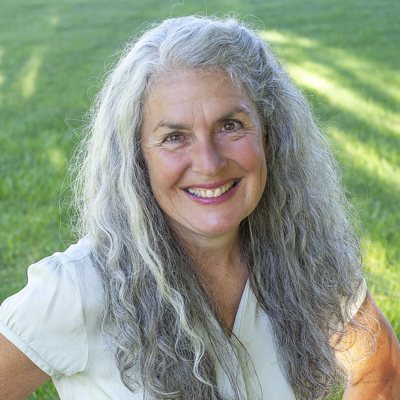I have tried to be a good gardener. I have worked on yearly crop rotations after reading all the reasons it is supposed to help. Call it a 20 year experiment. I have decided that while there may be some good reasons to redesign how the vegetables are laid out every year in my home garden, it may not be the standard reasons that are discussed. Here’s what I’m thinking:
1. Even on my acre, crops are rarely more than 20 – 30 feet away from where they were last year. This is partly because the main vegetable area is all in the same quarter acre of the yard. I do spread some vegetables and fruits around in the landscape, but, to be honest, they are often less likely to get harvested. If a person has a smaller suburban yard, it may be easier to remember where all those intermixed plantings are, but on an acre they can get lost. Having the bulk of my crops in one general location is much easier to manage for all care, from nurturing new seedlings to harvesting. Moving a particular crop to a raised bed a few feet away isn’t going to hide it from very many pests or diseases. Having things in the same place may even make it possible to set up fairly permanent pest barriers that work for that certain crop.
2. Not all areas of the garden get the same sun and water. If a particular crop likes a particular environment, it seems counterproductive to keep moving it somewhere else in the name of pest and disease control that can be just as effectively dealt with by having happy, healthy plants. There might also be areas where it is easier to control how water is applied, so you will favor that location with vegetables that suffer from overhead watering when they are fruiting.
3. Many vegetables like to reseed. Getting volunteers is often a sign that that is a good location for that plant. Why fight that? Especially if it is a heavy seed that tends to drop right under the parent plant, one could surmise that it is “natural” for it to grow again in the same location. In fact, people do it with flowers all the time. (click on any photo to enlarge)

4. It may actually be easier to control pests by controlling location. If you know certain conditions invite pests, you can try to stay away from those. Either insects or wild animals that are more likely to venture into the garden areas adjacent to certain structures or fields. If less desirable crops are consistently grown at such borders, the critters might be deterred.
5. A trellis system can be easier to work with if you are free to plant the same things there year after year. I have installed quite a few trellises in the last couple of years, but I am beginning to see that it is nice to have some areas where I don’t have to work around a trellis. Why have a trellis where cabbages or carrots are growing? So, what trellises there are can be more efficiently used if there is not unnecessary crop rotation.
6. Along the same lines, some vegetables just grow in different sizes, shapes, and altitudes. This may make different sized raised beds or planting areas more practical for certain plants. It will save a lot of time if required areas don’t have to be reformed every year.
7. Having a standard vegetable garden layout can make spring planting less time consuming. If there is no need to relocate everything every year, you can concentrate on the changes that occur due to growing more or less of this or that. Or maybe you want to put in a perennial crop like asparagus or strawberries. Any adjustments that you want to make are more straightforward if you are not worrying about relocating every thing.
8. There can be advantages to not having to worry about the fact that the potatoes are sprouting where they were last year. The same for any volunteers. If your lettuce or onions reseeded right next door to where they were last year, you can just go with it, without worrying about whether or not it fits with your “best rotation options.” So, in essence, it means less weeding.
9. With a home garden, fertilizing can usually be done so that crops are not depleting the soil like they might with larger block plantings of a farmer. It just well might be easier to layer extra compost in an area every year rather than redesign the whole garden. Or you might consider cover crops during the times when the soil might otherwise be barren, to help revitalize it.
Next year, I will be planning my garden around these ideas. I’m sure there will still be changes in my garden layout from year to year, but now when I go out, I won’t have to relearn every year where I planted everything. And it will be easier to tell dear hubby where to go pick his favorite peppers or cilantro. And I can put up more permanent and decorative signs in the garden.
